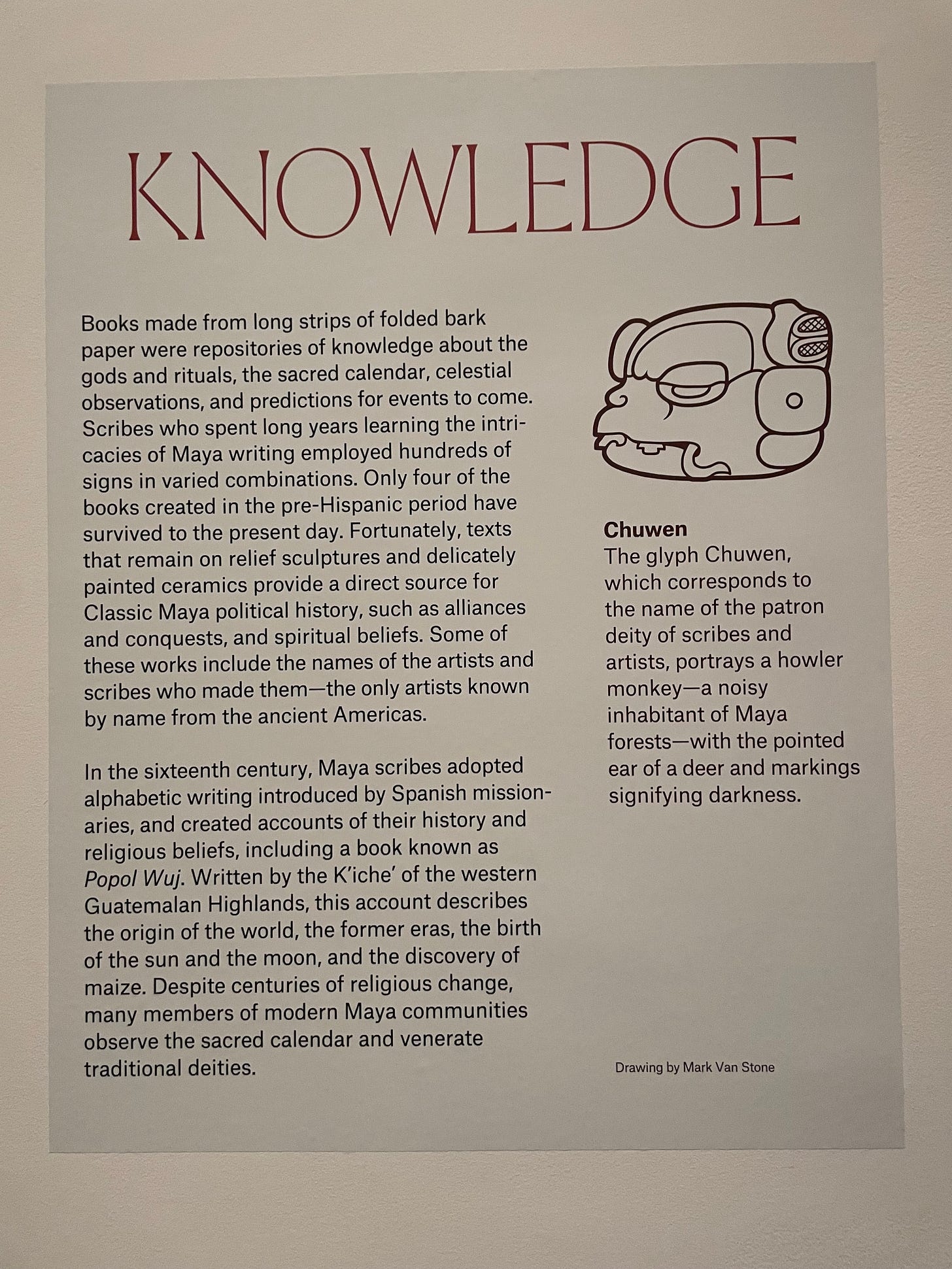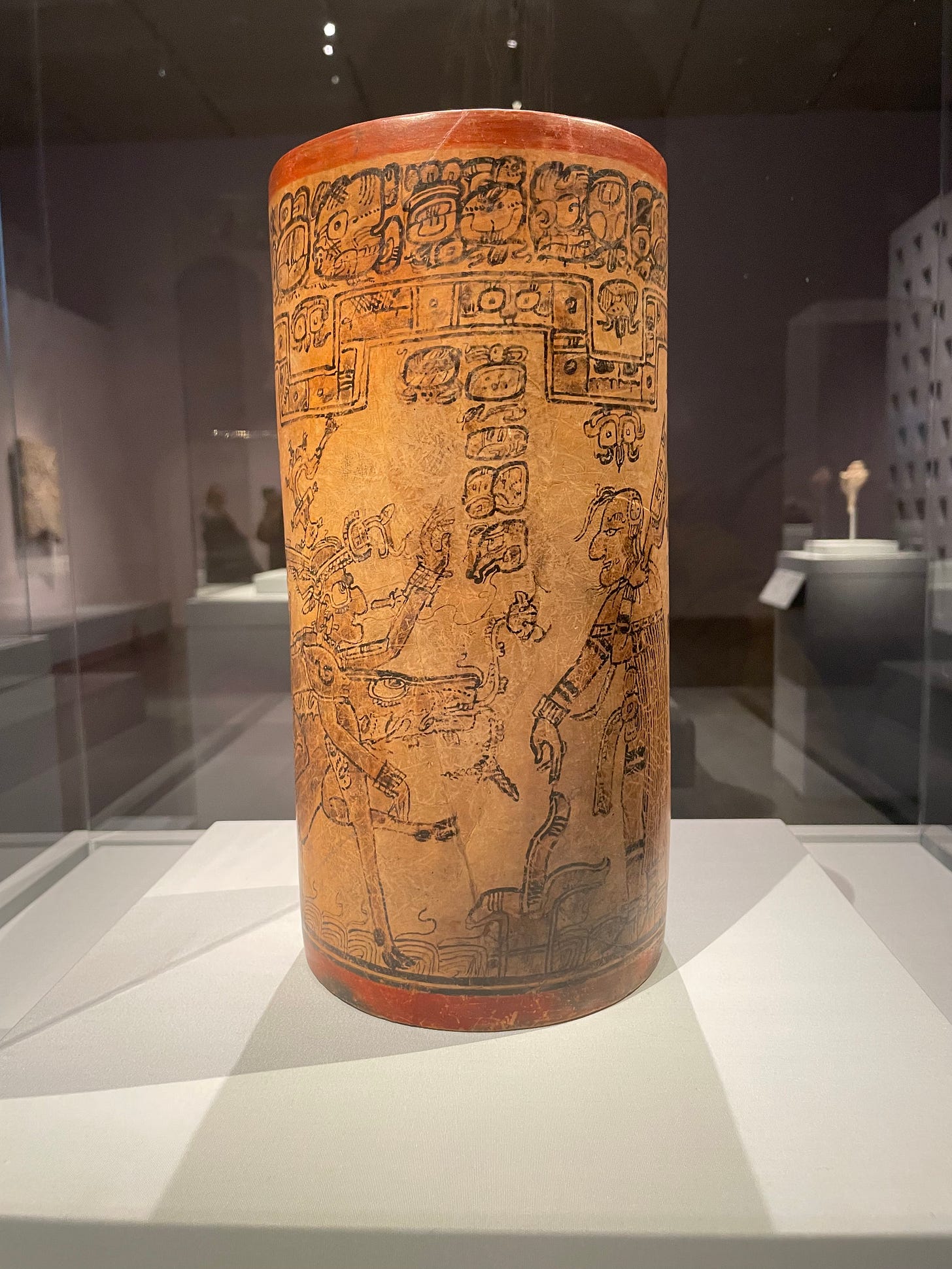#12: Finding Your Fit
Company culture & how running shoes are like programming languages
Reframe
What do you think of when you hear “culture” in the context of work?
In looking over a list of 600 companies hiring right now, I noticed a column titled “why the company is a great place to work.”
The overwhelming majority cited “culture.”
If everyone is saying their culture is great, no one is saying their culture is great.
Not talking about culture almost comes across as a red flag to some people.
So we get to a point that culture is talked about, but what does it mean?
This term wasn’t even a thing until the 1950s, and picked up steam in the 80s and 90s with the rise of tech and along with it new ways to measure everything.
Here’s the catch:
Culture is not always just influenced by internal factors. That’s the part people like to leave out.
It’s also influenced by external factors.
I asked ChatGPT, the OpenAI chatbot, a few questions about company culture & got this:
“Company culture is typically shaped by a variety of factors, including the organization's history, mission and vision, leadership style, and the attitudes and behaviors of its employees. It can also be influenced by external factors such as the industry in which the company operates, the market in which it competes, and the broader economic and social environment.”
So what happens to culture when we enter an economic downturn?
Think about it.
When I started working in recruiting, it seemed like a golden age. They told me this was the place to be if I wanted to make 6 figures. I believed it and achieved it my first year.
Then 2008 hit. Lehman Brothers was one of our biggest clients. I was on the phone with employees who were panic buying stocks to try to keep the company afloat. Trying to figure out if the news was making a big deal about something small, which happens all the time, or if there really was a problem. Unfortunately, Lehman going under impacted the entire global financial system.
Then a dry spell hit tech recruiting in financial services until regulations were defined and new regulatory & compliance teams had to be built from the ground up. The entire way applications were built needed to change. Instead of each financial product having its own tech stack, everything would need to run on 1 platform with the ability to pull regulatory & compliance reports at will.
Our own company culture went from work hard, play hard to surveillance state. New phone systems were put in to track time on the phone. New standards were arbitrarily made. We had a problem hiring. We didn’t have our pick of good people anymore. Each person had a red flag. Most ended up quitting within 3 months. I thought about getting out of the industry all together. Maybe I should go back to slinging cocktails to make ends meet. It got that bad.
Then business turned good again. I stuck with the company until ultimately leaving to help start a new tech recruitment agency.
Cracks are glossed over when everyone is making money.
The real issues & feelings come out when the company starts losing money.
Don’t assume the culture that was created in good times will stick in not so good times.
That is why it’s important to look at culture and how the company makes money.
Culture is not static. It’s not experienced the same way for everyone.
Be aware of treating it as an absolute & setting yourself up for disappointment.
NYC
Went to the Met to check out a new exhibit on Lives of the Gods: Divinity in Maya Art that opened Dec 1st. Getting prepared for a trip to Mexico in 2 weeks.
It was thought provoking. Where do we store our knowledge now? It’s not like we’re depicting it on sculptures or ceramics. If it’s all electronic, what happens if the plug is pulled?
The thing I found interesting was how they gave life to everything, even objects, making them into whistles to give them a literal “voice.”
They memed to get their point across.
This piece also reminded me of how history rhymes.
Check it out virtually here
Or stop by the Met & pay what you wish as a local
Running
Running shoes are like programming languages.
The moment you get used to it, they update to a new version which changes your experience. It can be better or worse, but you don’t know until you give it a go.
In my quest to edge a little bit of time off each mile, I switched up my shoes from a regular Saucony Kinvaras to the Saucony Endorphin Pros. From a more basic everyday running shoe to the newest, fastest technology. This year, Saucony added the Endorphin Shifts to act as an everyday run shoe in preparation to wear Endorphin Pros for race day. The shoes were designed to get the outcome I was looking for.
Except the shoes offered too much padding for me. I couldn’t feel the road in the way I’m used to. The final straw came when my legs got tired on my 15 mile long run over the weekend. I turned the shoes over to look at how the rubber tread on the bottom of the shoes was holding up and sure enough, they were worn out. Before the typical 250+ miles it traditionally takes to wear my shoes out.
It’s not a bad shoe. Plenty of sites and reviewers gave these shoes high marks, and the cons mentioned did not concern me. They just didn’t work for me.
Neither did standard advice on when to change your shoes out for a fresh pair. I used to follow the recommendation to switch your shoes in X miles, but I came to realize it’s more effective for me to gauge by leg feel when training. If my legs feel fresh like I could keep running at the end of my workout, we’re in good shape. The second my legs don’t feel good, those shoes are donated or go to the trash. You’ll hear runners describe this as the shoes being “dead.” I had no idea what that meant until I felt it for myself.
The hard part to know is whether to hold onto your old shoes that have worked well for you in the past or give those new shoes a try.
I would likely still be running in my original Kinvaras if the upgrade from version 9 to version 10 wasn’t so awful. And if the new technology behind the carbon plated shoes to make me run faster without more effort wasn’t so fun.
Find your fit.
Keep updating new versions of you to navigate change.
See you next week!
Jen






> Culture is not static
I fully agree with this. Not that the people who talk about culture meant for it to be read as static.
I guess readers like myself are guilty of the static, permanent viewpoint.
We take something that's actually dynamic, and processual and read it as if it's a single entity that's permanent and static.